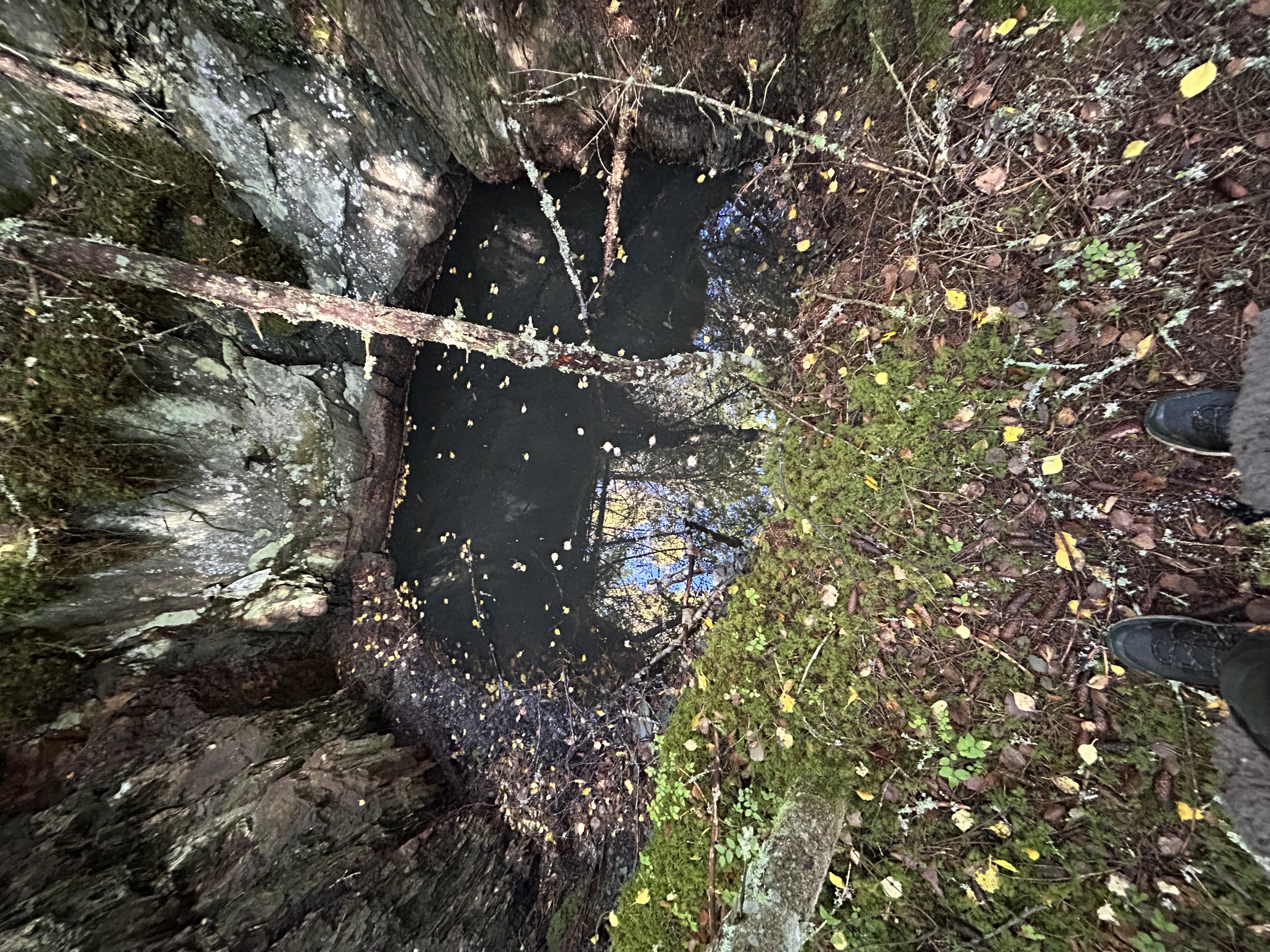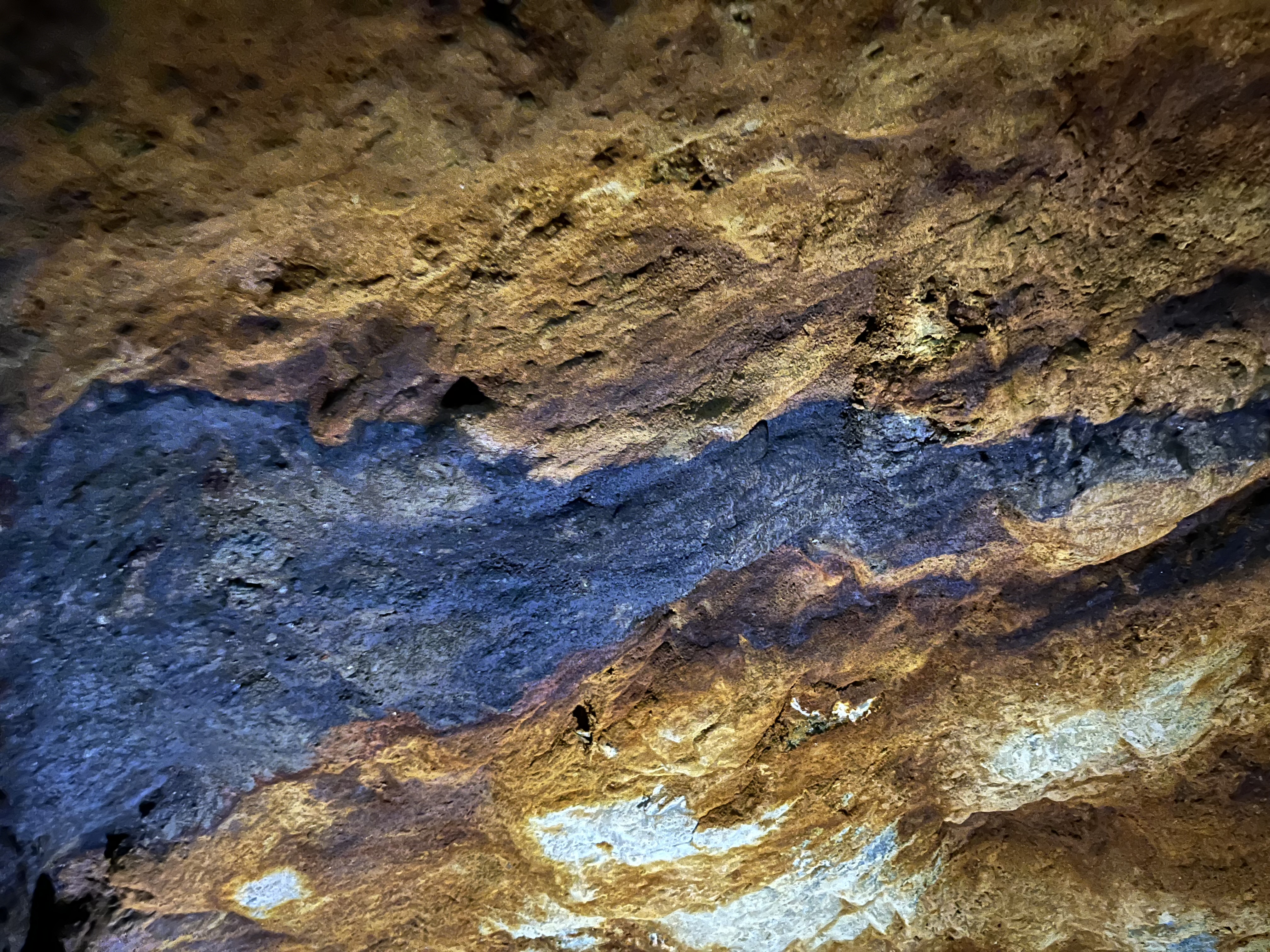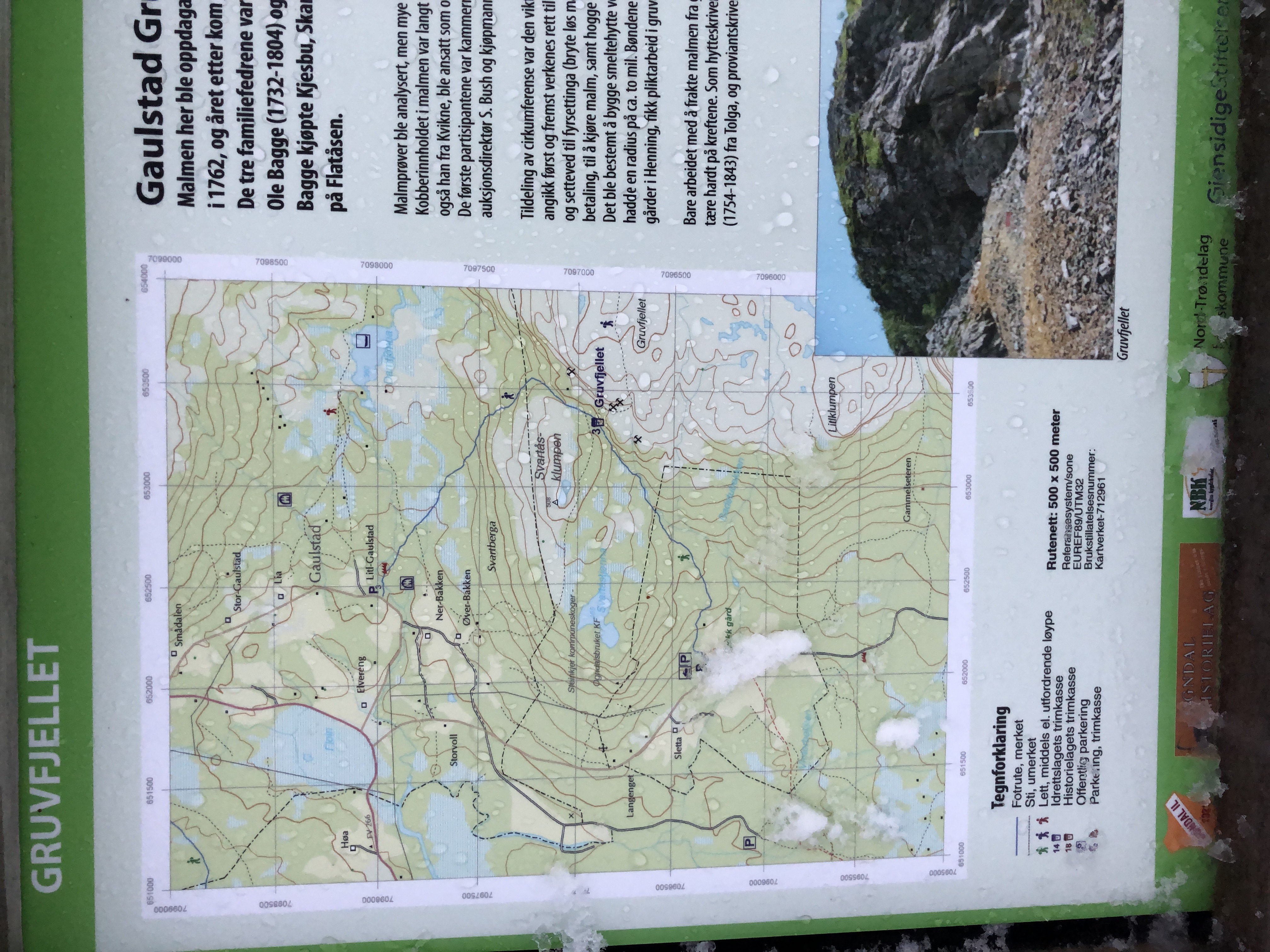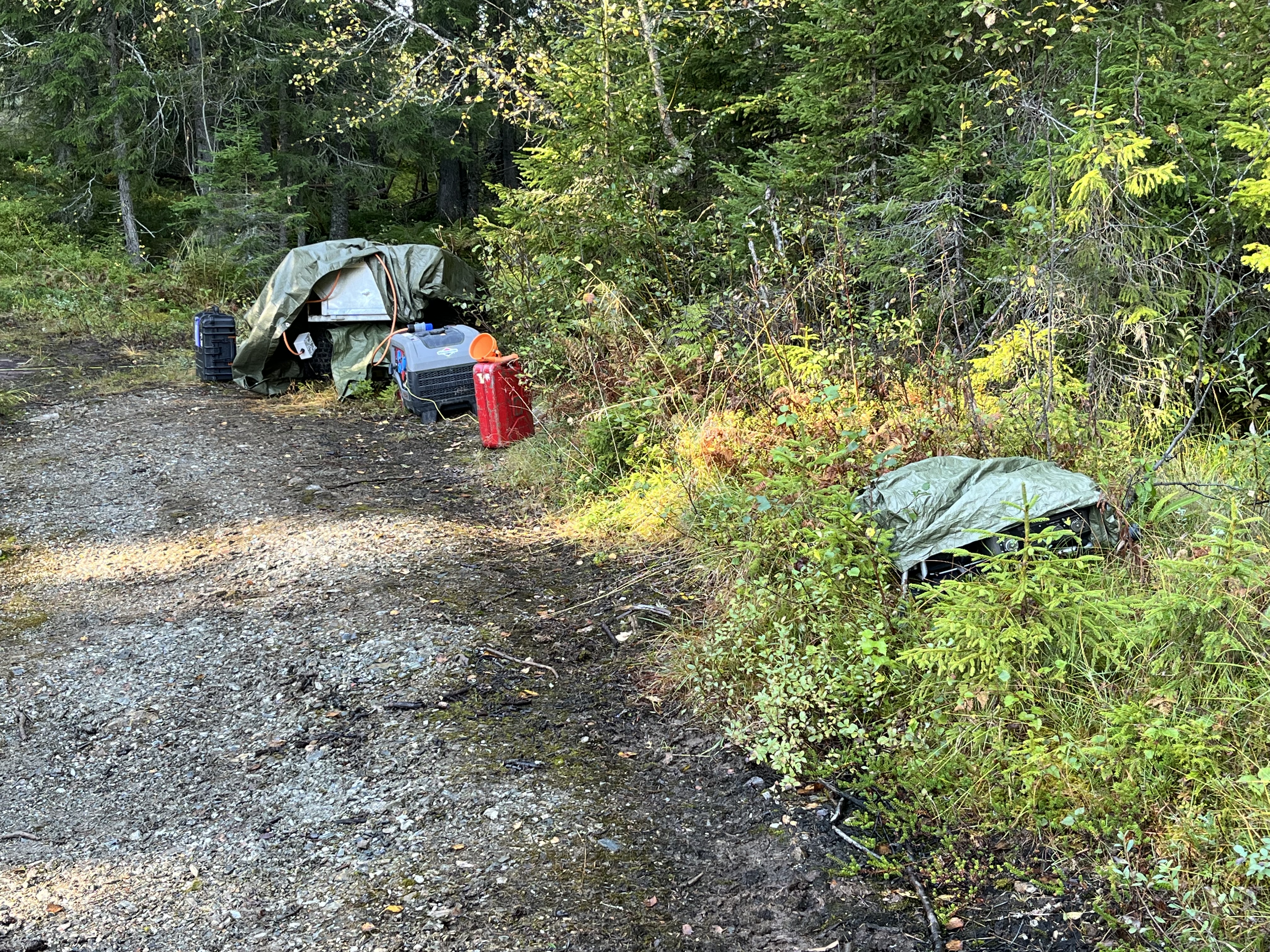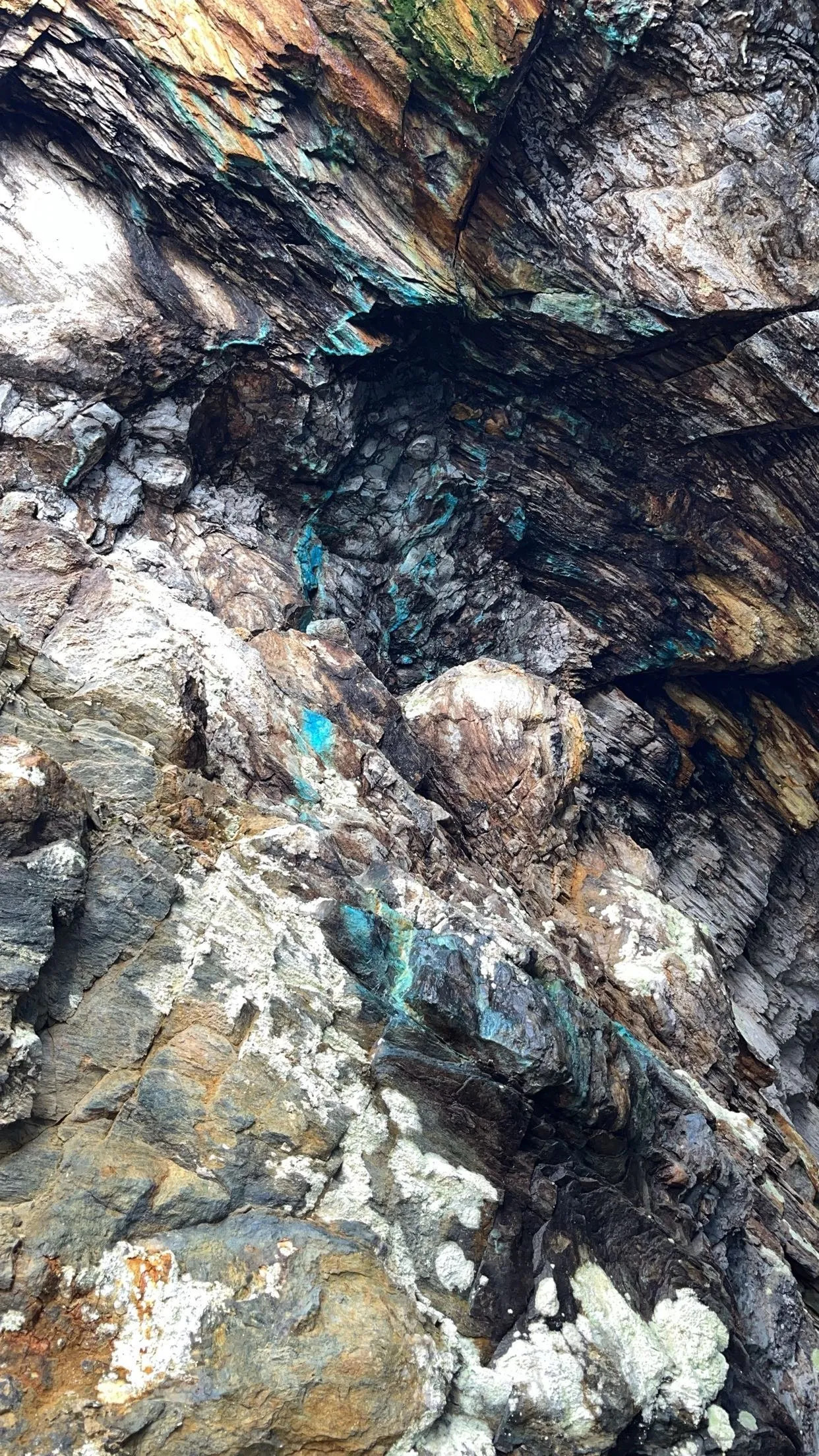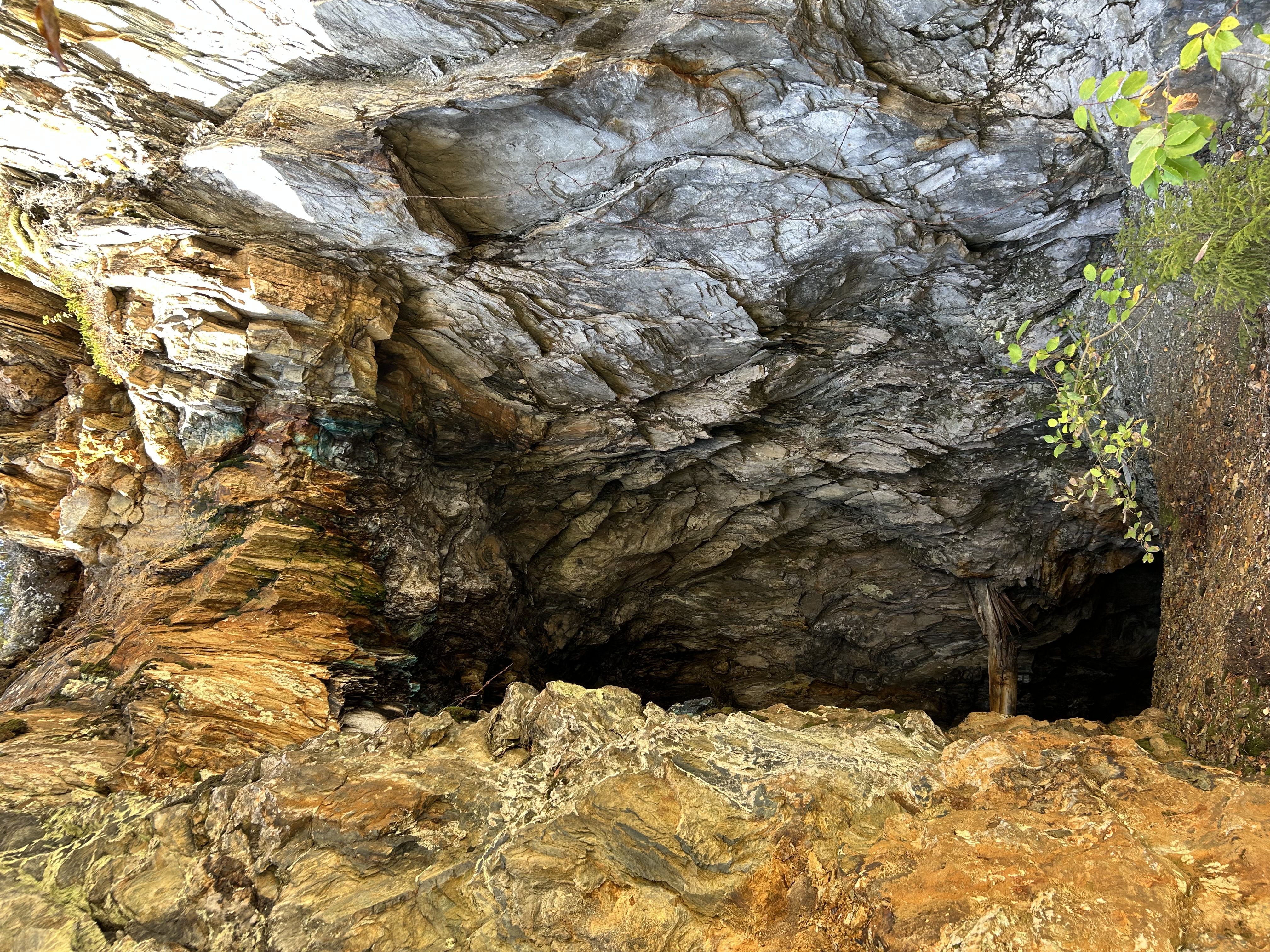
First Mining Operations
Test mining began at Skrattås, marking the start of organized mineral extraction in the area. Multiple owners conducted exploration over the following decades.
- Test mining operations 1886-1914
- Multiple ownership transitions
- Early underground development
- Initial ore body characterization
